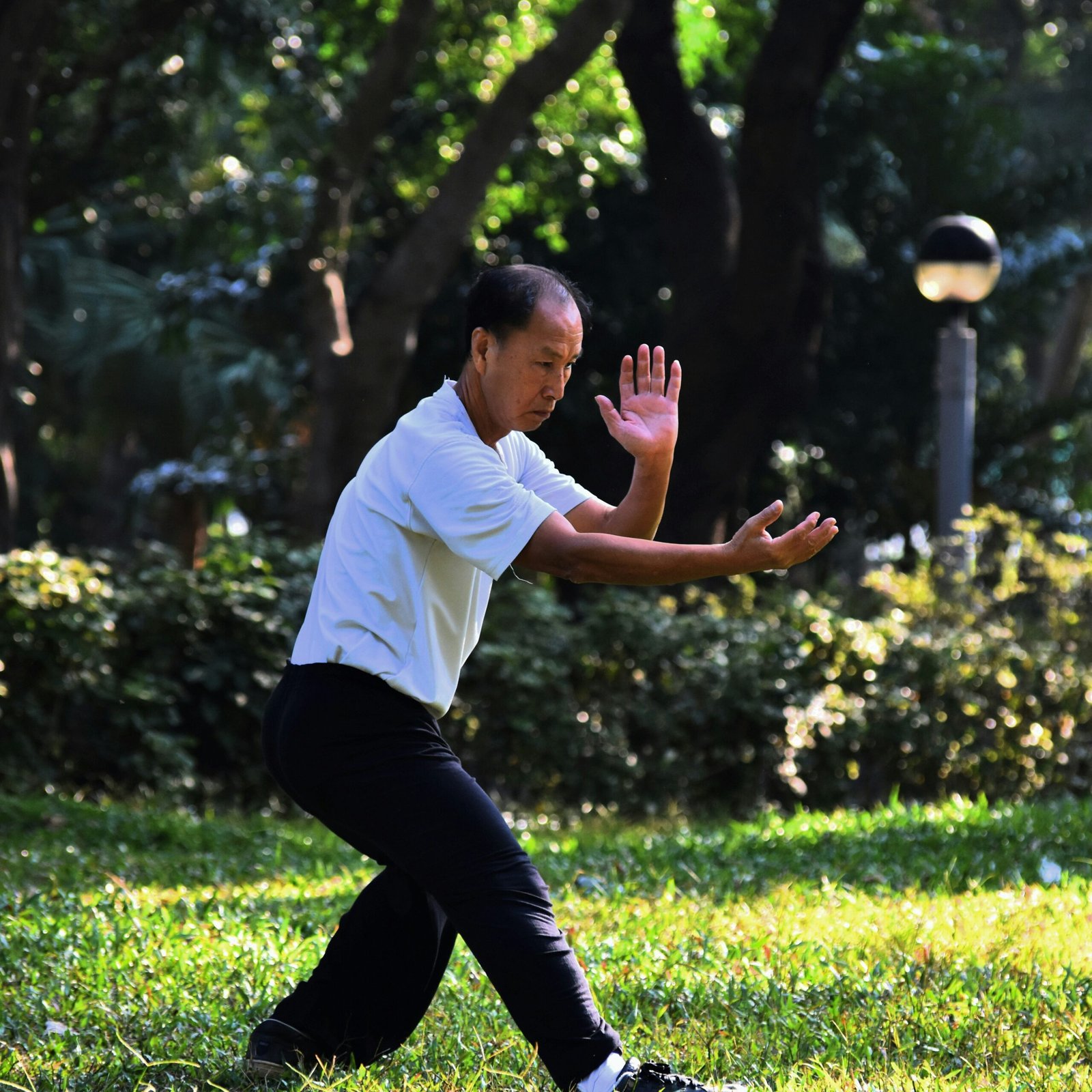Tai Chi, also known as Tai Chi Chuan, is a traditional Chinese martial art that has gained worldwide popularity for its numerous health benefits and meditative qualities. Rooted in ancient Chinese philosophy and martial arts traditions, Tai Chi combines slow, flowing movements with deep breathing and mental focus.
History of Tai Chi
The origins of Tai Chi can be traced back to ancient China, with its roots in Taoist philosophy and martial arts practices. The art was developed by Zhang Sanfeng, a legendary Taoist monk, who was inspired by the graceful movements of animals and the principles of Yin and Yang. Over the centuries, Tai Chi evolved and was passed down through generations, eventually becoming a widely practiced form of exercise and meditation.
Is Tai Chi Helpful in Calming the Mind?
Yes, Tai Chi is renowned for its ability to calm the mind and promote a sense of inner peace and well-being. The slow, deliberate movements combined with focused breathing create a meditative state that helps to reduce stress, anxiety, and mental clutter. By practicing Tai Chi regularly, individuals can cultivate a greater sense of mindfulness, clarity, and emotional balance.
20 Benefits of Tai Chi
Tai Chi offers a multitude of benefits for both the body and mind. Here are 20 key advantages of practicing Tai Chi:
- Improves balance and coordination
- Enhances flexibility and joint mobility
- Strengthens muscles and improves posture
- Boosts cardiovascular health and circulation
- Reduces blood pressure and cholesterol levels
- Increases energy levels and vitality
- Relieves chronic pain and stiffness
- Improves sleep quality and relaxation
- Enhances immune system function
- Promotes weight loss and healthy metabolism
- Reduces the risk of falls and injuries
- Improves focus, concentration, and mental clarity
- Relieves stress, anxiety, and depression
- Boosts self-confidence and self-esteem
- Enhances mindfulness and emotional well-being
- Promotes a sense of inner peace and serenity
- Helps manage chronic conditions such as arthritis and fibromyalgia
- Supports healthy aging and longevity
- Enhances overall physical and mental well-being
- Provides a gentle and low-impact form of exercise suitable for all ages and fitness levels
Top 10 Tai Chi Meditation Steps
Tai Chi can be practiced as a form of moving meditation, allowing practitioners to cultivate a deep sense of inner calm and mindfulness. Here are ten steps to get started with Tai Chi meditation:
- Find a quiet and peaceful space to practice.
- Stand with your feet shoulder-width apart and relax your body.
- Focus on your breath, taking slow, deep breaths in and out.
- Begin with gentle warm-up exercises to loosen the body.
- Start with basic Tai Chi movements, such as the “Grasp the Sparrow’s Tail” or “Cloud Hands.”
- Move slowly and gracefully, following the flow of your breath.
- Pay attention to the sensations in your body and the movements of your limbs.
- Stay present in the moment, letting go of any distracting thoughts.
- Continue the practice for at least 10-15 minutes, gradually increasing the duration.
- End the session with a few minutes of standing meditation, focusing on your breath and inner stillness.
Conclusion
Tai Chi is not only a martial art but also a powerful tool for achieving physical and mental well-being. Its slow, flowing movements, combined with focused breathing and meditation, offer a pathway to inner peace, balance, and vitality. Whether you are seeking stress relief, improved health, or a deeper connection with yourself, Tai Chi can guide you on a transformative journey towards holistic well-being.


2 replies on “The Art of Tai Chi: A Journey to Inner Peace and Well-being”
This art is very mindfulness . With this technique we feel very – very relax.👌👌
very useful information. Thank you